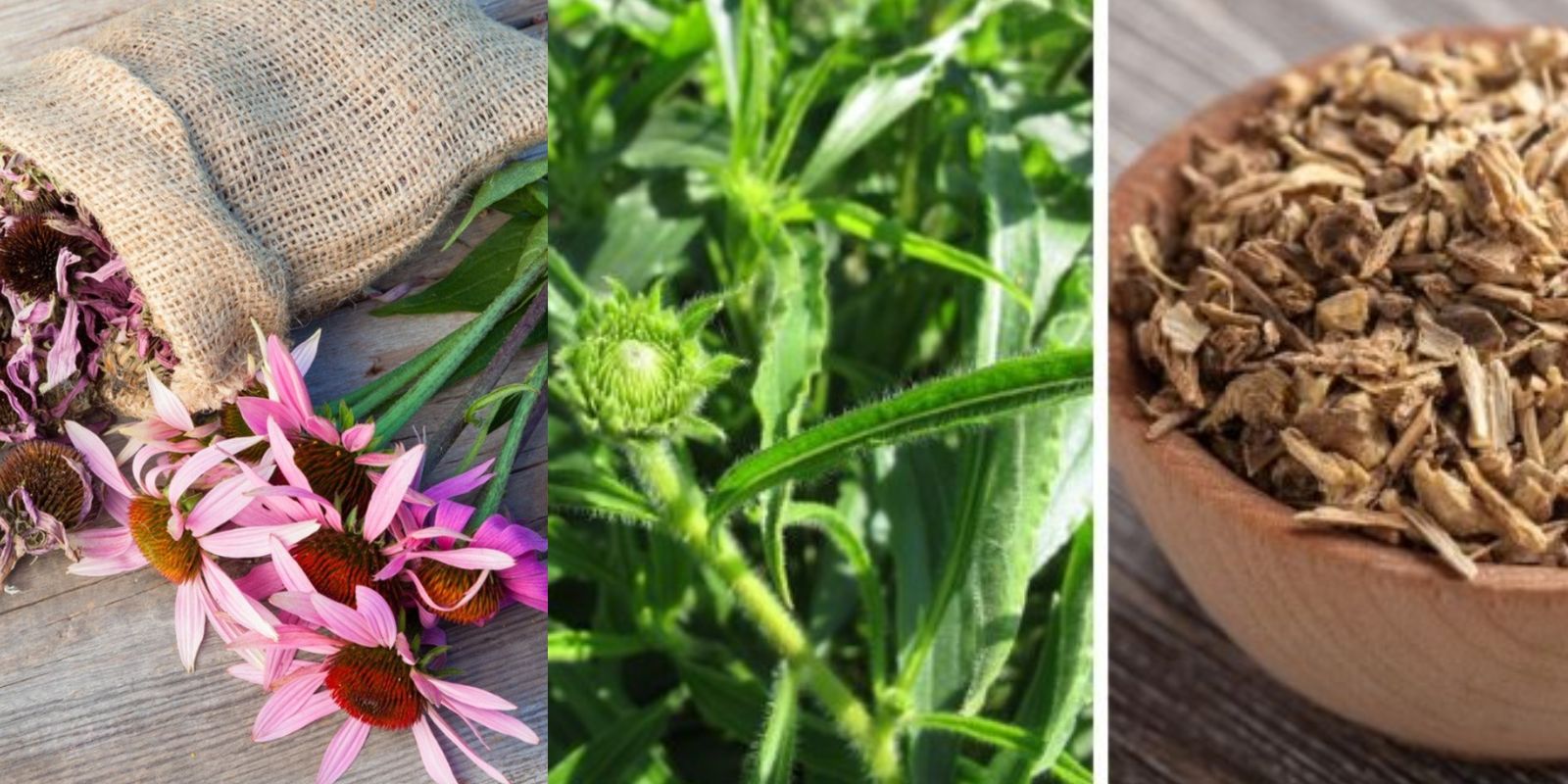Echinacea, also known as coneflower, is a cherished herb celebrated for its striking appearance and medicinal properties. This versatile plant, with its daisy-like flowers, not only enhances garden aesthetics but also offers a natural boost to the immune system. Whether you’re a seasoned gardener or a beginner, learning how to grow, harvest, and preserve echinacea can add great value to your garden and wellness routine. This article provides a detailed guide to successfully cultivating echinacea and making the most of its benefits.
Introduction
Echinacea has been used for centuries in traditional medicine, valued for its potential to support the immune system and reduce the duration of colds. Beyond its health benefits, echinacea is a beautiful addition to any garden, with its vibrant blooms attracting pollinators and brightening landscapes. Growing echinacea is relatively straightforward, and with the right techniques, you can enjoy a bountiful supply of this remarkable herb. In this guide, we’ll explore everything you need to know about planting, harvesting, and preserving echinacea to make the most of its incredible attributes.
Growing Echinacea
1. Choosing the Right Variety
Echinacea comes in several varieties, each with its unique characteristics. The most common varieties include:
- Echinacea purpurea: Known for its large, purple flowers and medicinal properties.
- Echinacea angustifolia: Characterized by narrower leaves and smaller flowers, often used in herbal remedies.
- Echinacea pallida: Featuring pale pink flowers and a more delicate appearance.
Choose a variety that suits your garden’s conditions and your intended use. Echinacea purpurea is a popular choice for its striking blooms and ease of cultivation.
2. Planting Echinacea
Site Selection: Echinacea thrives in full sun to partial shade. Select a location that receives at least 6 hours of sunlight per day.
Soil Preparation: Echinacea prefers well-draining soil with a pH between 6.0 and 7.0. Amend heavy clay or sandy soils with compost to improve drainage and fertility.
Planting Seeds: Start seeds indoors 6-8 weeks before the last frost date, or sow them directly into the garden after the threat of frost has passed. Plant seeds about 1/4 inch deep in seed-starting mix. Keep the soil moist until seeds germinate, which usually takes 10-20 days.
Planting Nursery Plants: If using nursery-grown plants, transplant them in spring or early fall. Space plants 12-18 inches apart to allow for their mature size.
3. Caring for Echinacea
Watering: Echinacea is drought-tolerant once established but benefits from regular watering, especially during dry spells. Water deeply but infrequently to encourage deep root growth.
Fertilizing: Echinacea does not require heavy fertilization. Apply a balanced, all-purpose fertilizer in early spring to promote healthy growth. Avoid over-fertilizing, as it can lead to excessive foliage at the expense of flowers.
Pruning: Deadhead spent flowers to encourage continuous blooming and prevent self-seeding. In late fall, cut back spent stems to the ground. This helps maintain plant health and prepares the plant for winter.
Pest and Disease Management: Echinacea is relatively pest-resistant but can occasionally suffer from aphids or fungal diseases. Monitor plants for signs of pests or disease and take appropriate action if necessary.
Harvesting Echinacea
1. Timing
The best time to harvest echinacea is when the flowers are fully open but before they begin to wilt. This typically occurs in late summer to early fall. The roots can be harvested in the fall of the plant’s second or third year, once they have become established.
2. Harvesting Flowers
- Flowers: Use sharp scissors or pruning shears to cut the flowers, leaving about 6 inches of stem. Harvesting in the morning, after the dew has dried, ensures the flowers are at their peak potency.
- Leaves: You can also harvest leaves throughout the growing season. Pick leaves when they are young and fresh for optimal flavor and medicinal properties.
3. Harvesting Roots
- Roots: In the fall, after the first frost, carefully dig up the roots using a spade or garden fork. Clean the roots thoroughly and allow them to dry before storing.
Preserving Echinacea
1. Drying Flowers and Leaves
- Drying Method: To dry echinacea flowers and leaves, hang them in small bundles in a cool, dark, and well-ventilated area. Alternatively, you can use a food dehydrator or an oven set to a low temperature (around 95°F or 35°C).
- Storage: Once completely dry, store the flowers and leaves in airtight containers away from light. Properly dried echinacea can retain its potency for up to a year.
2. Making Teas and Tinctures
- Tea: To make echinacea tea, steep dried flowers or leaves in boiling water for 10-15 minutes. Strain and enjoy as a soothing herbal beverage.
- Tincture: For a more concentrated form, prepare an echinacea tincture by soaking dried echinacea in alcohol (vodka or brandy) for 4-6 weeks. Strain and store the tincture in dark glass bottles. Use as directed for immune support.
3. Freezing
- Freezing Method: For long-term storage, freeze echinacea flowers or leaves. Place them in freezer bags or containers and label with the date. Use within 6-12 months for best quality.
Benefits of Echinacea
Echinacea is renowned for its immune-boosting properties and is commonly used to:
- Support Immune Health: Echinacea is believed to help stimulate the immune system and may reduce the severity and duration of colds.
- Reduce Inflammation: It has anti-inflammatory properties that can help alleviate symptoms of infections and inflammatory conditions.
- Enhance Skin Health: Echinacea extracts are sometimes used in skincare products to promote healthy skin and wound healing.
Conclusion
Growing, harvesting, and preserving echinacea is a rewarding endeavor that enhances your garden and provides valuable herbal remedies. By following the steps outlined in this guide, you can cultivate beautiful echinacea plants, enjoy its medicinal benefits, and create your own herbal products. Embrace the process and celebrate the benefits of having this wonderful herb at your fingertips.
Start growing echinacea today and reap the benefits of this incredible herb in your garden and home! 🌸🌿
#Echinacea #HerbGardening #GrowYourOwn #GardenTips #HarvestingHerbs #PreserveHerbs #ImmuneBoost #HomeGardening #GardeningJoy #HerbalMedicine

